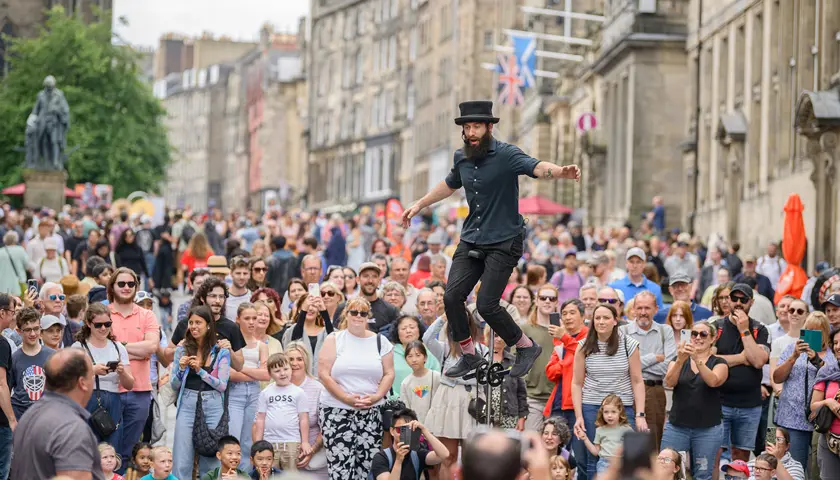The Edinburgh Festival Fringe
Experience
Dare to discover Fringe 2025
For three weeks in August, Edinburgh welcomes an explosion of creative energy from around the globe. Artists and performers present shows that span many genres including cabaret, children's shows, comedy, dance, physical theatre, circus, music, musicals, opera and theatre. Tickets for more than 1,700 shows are now available.
Experience
Plan your visit
Discover everything you need to know to plan your visit to the Edinburgh Festival Fringe, including key dates and information on browsing and booking shows, navigating the city, finding venues and more.
Get involved in the Fringe
Support our work
The Fringe Society, a registered charity, depends on support from people like you. Your generosity allows us to continue our work: supporting artists, assisting audiences, and celebrating the Fringe and what it stands for all over the world. Every donation makes a difference.
















